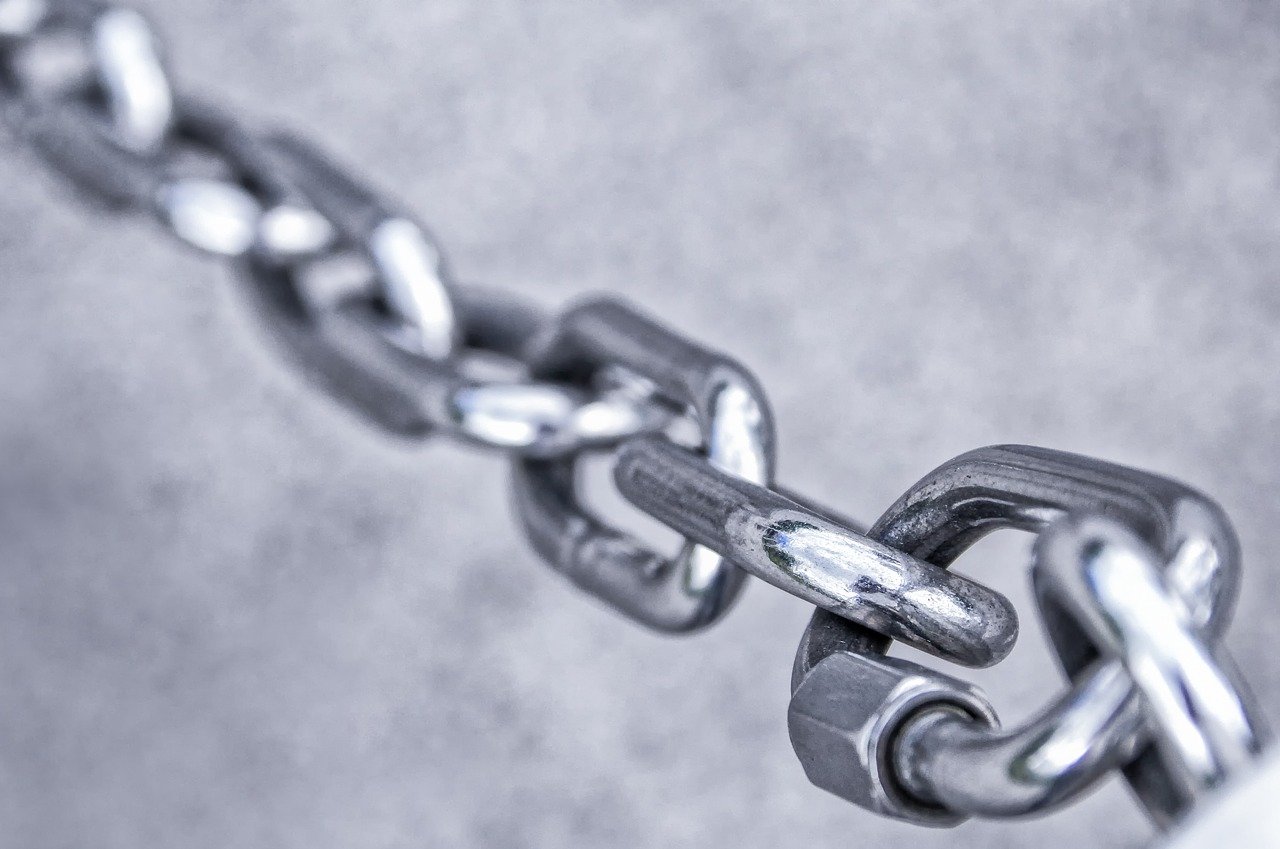In an ideal world, all of your landing pages will rank on the top of the search engine results pages and regularly bring in a lot of targeted, organic traffic.
However, that rarely happens, and there are multiple reasons for it:
Sometimes, you select keywords that other well-established websites have already successfully targeted. Other times, webmasters do not pay a lot of attention to technical issues on the landing page. More often than not, however, it is the mindset that keeps landing pages from getting ranked higher in the SERPs.
The primary goal for most landing pages is conversion — converting random website visitors into potential leads or paying customers. Because webmasters and online marketers are focused too much on that goal, they totally neglect the SEO side of the landing page.
Consequently, online marketers pay too much money for paid traffic, which increases the cost of conversion and has a negative impact on the overall bottom line of the business.
In this blog post, we discuss various tips and ideas on how to make landing pages more search-engine friendly and optimize them for organic traffic.
1. Identify conversion-focused landing pages
First of all, it is important to understand that not all landing pages would be perfect for ranking at the top of the search engine results pages.
Why? Here are a few possible reasons:
- Long-form content often performs better in the SERPs. However, long-form content (2,000 words or more) is not really suitable for converting people. How many people do you think would stay on the page and read the entire text of 2,000+ words?
- If conversions is your main goal, you might end up using a highly competitive keyword phrase. That keyword phrase might not be the best candidate for higher search engine rankings.
- Bounce rate plays an important role in the search engine ranking of a page. Search engines prefer a lower bounce rate. However, the only way that’s possible is if a user clicks on a link on the landing page that takes him to another page on the website — which defeats the entire purpose of having a landing page. So, in other words, you can either have a low bounce rate or a high converting web page.
- Some landing pages are seasonal in nature. They are up for a couple of weeks to offer a limited-time discount. Because of their short-term nature, they won’t be able to rank higher in the SERPs.
As you can see, there are multiple reasons why conversion-focused landing pages should be separated. You should still do basic SEO on that, but don’t expect them to rank on the top of the SERPs.
2. Keyword research
Once you have identified the pages that can achieve high search engine rankings, you should do in-depth keyword research to lay a solid foundation.
You need to find keywords that have a reasonable search volume but a relatively low level of competition. Here are a few tools that can help you with keyword research:
The best way to approach keyword research is to focus on potential long-tail keywords.
Long-tail keywords are best suited for landing pages because they are relatively easier to rank for, and they also generally offer the best conversion rate.
Learn more about long-tail keywords and how to integrate long-tail keywords in your content.
3. Meta title and meta description
Meta title and meta descriptions are still important factors. Consider them as hotspots that help search engine crawlers understand what a web page is about and for which keywords it is trying to rank.
Writing creating the meta title for your landing page, make sure that:
- It is unique and original
- It has the main keyword in it for which you are optimizing the landing page
- It is engaging and inviting. It does not have to be clickbaity, but it must grab readers’ attention.
- It does not exceed the maximum word count, i.e., 50-60 characters.
The meta description allows more space that you can utilize to increase credibility, convince visitors to click on your result, and include more relevant keywords. Use the following tips when writing meta descriptions for your landing pages:
- The meta description should have the primary keyword in it.
- Apart from the main keyword, it should also have secondary and LSI keywords to add more context.
- The meta description should be descriptive and engaging. Consider it as a keyword-rich, descriptive ad for your landing page.
Learn how to craft interesting and SEO-friendly meta titles and meta descriptions.
4. Acquire high-quality and relevant backlinks
Although there are over 200 Google search engine ranking factors, backlink remains one of the most important ones.
For sustainable traffic and higher rankings, you will need to generate many powerful backlinks from relevant websites to your landing page. The best way is to publish guest posts on well-established websites and create contextual links with keyword-rich anchor texts back to your landing page.
The most important point to remember here is that the websites you target should be relevant to your niche. Google Penguin specifically targets websites with irrelevant backlinks. Therefore, the relevancy of backlinks is crucial to avoiding a Google Penguin penalty.
5. Offer an excellent user experience
User experience is a growing focus of search engines. If your landing page offers a poor user experience, it will have a tough time ranking higher in the SERPs.
Make sure that the landing page design is perfect for your intended target audience. The navigation should be easily accessible, and the design should be intuitive, aesthetically pleasing, and easy to use.
Keep a close eye on the following three metrics to see how good the user experience is on the web page:
- Average page on time
- Dwell time. Learn what dwell time is and how to improve it.
- Conversion rate
Here is an example of a good landing page.
6. Improve the loading speed of your landing page
Nowadays, one of the most important user experience and engagement metrics is the loading speed of a web page. Nobody likes a slow-loading landing page, and this can have a substantial negative impact on the search engine rankings, credibility, and conversion rate of your landing page.
According to a study, a 1-5 seconds load time can increase the bounce rate probability by 90 percent. A mere one-second delay can even decrease the conversion rate by up to 7 percent.
You can check your web page’s loading speed with our SEO Site Checkup Speed Test and Google PageSpeed Insights.
If your landing page takes more than a couple of seconds to load, you should do something about it and reduce the load time. Here are a few steps that you can take to improve the loading speed of your landing page and improve its chances of ranking higher in the SERPs:
- Enable Gzip compression
- Reduce the number of redirects, if any
- Minify CSS files
- Minify JavaScript files
- Leverage browser caching
- Use the lazy loading technique
- Improve server response time
- Reduce page size
- Use a content distribution network (CDN)
- Use web-friendly and optimized images
Conclusion
Ranking landing pages on the top of the SERPs is not an easy task, but it is certainly possible. Many websites and businesses have successfully done it, and now they do not have to spend hundreds and thousands of dollars every month to bring traffic to their landing pages. They get free traffic, which they convert into paying customers.
Use the techniques mentioned in this article to get the SEO right for your landing pages and optimize for higher rankings in the SERPs. It will probably take a lot of time and effort, but if you are going to have a certain landing page up for a long while, it would be worth it.

